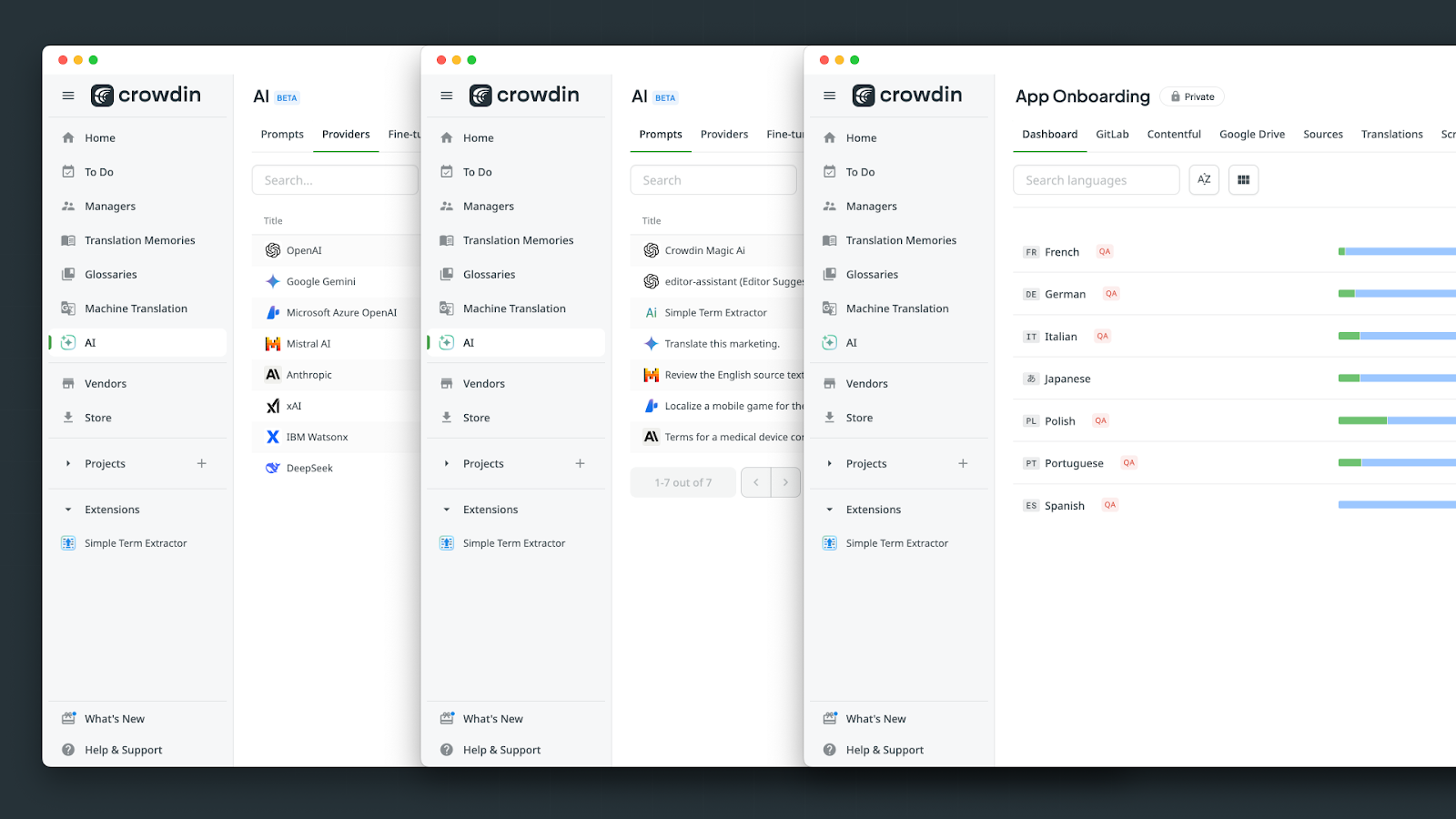Microsoft's envisions strapping a Kinect sensor to a helmet to help the blind play Baseball
3 min. read
Published on
Read our disclosure page to find out how can you help MSPoweruser sustain the editorial team Read more

Under CEO Satya Nadella, who has a disabled son, Microsoft Adaptive technology efforts have been increasingly prominent, allowing those with disabilities to play on a more even playing field.
This has already resulted in the release of the Xbox Adaptive controller and recently WIPO has published a new Microsoft Adaptive technology patent which would bring Xbox technology to the real world, specifically the baseball diamond.
Microsoft envisions attaching a Kinect-like depth sensor to a helmet and translating distance and direction information into sound which would inform the player regarding the location of the ball using “sensory substitution”.
The term “sensory substitution” refers to the concept of converting one type of human sensory signal or modality into another modality. For example, a first modality may include visual signals, and a second modality may include audio signals. Other modalities can include haptic-based signals, temperature, vestibulary signals, taste, smell, and other signals that can be perceived by biological sensory organs
Microsoft writes:
As a general overview, FIG. 1 presents one implementation of a system and method for sensory substitution in a baseball game in which a first player 110 with a visual disability is batting. A second player 120 (with normal vision) is pitching a ball 150 towards the first player 110. For purposes of illustrating movement of the ball across a distance between the first player 110 and the second player 120, the ball 150 is shown in snapshots as it moves with a dotted line representing the path of the ball over time. In addition, solely for illustrative purposes, a waveform 160 is presented directly above the depicted journey or flight of the ball 150. If the ball itself were producing a sound (such as a beep, whistle, chirp, music, or any other substantially continuous or repetitive sound), the sound would appear to the first player 110 to have an upward shift in frequency as it approaches. This waveform 160 is a representation of one possible shift in frequency of a sound that would be associated with the ball 150 as it moves toward the first player 110, as it might be heard by the first player 110. It can be understood that the human auditory system is generally able to deal with complex and rapidly changing sound patterns, even in a noisy environment or background, and that such shifts would be readily discernable.
While the idea may seem somewhat fanciful Microsoft has already demonstrated a commitment to creating inclusive technology, so we may, in the end, see the special helmet hit the market eventually.
The full patent can be seen here.
Via WindowsUnited










User forum
0 messages